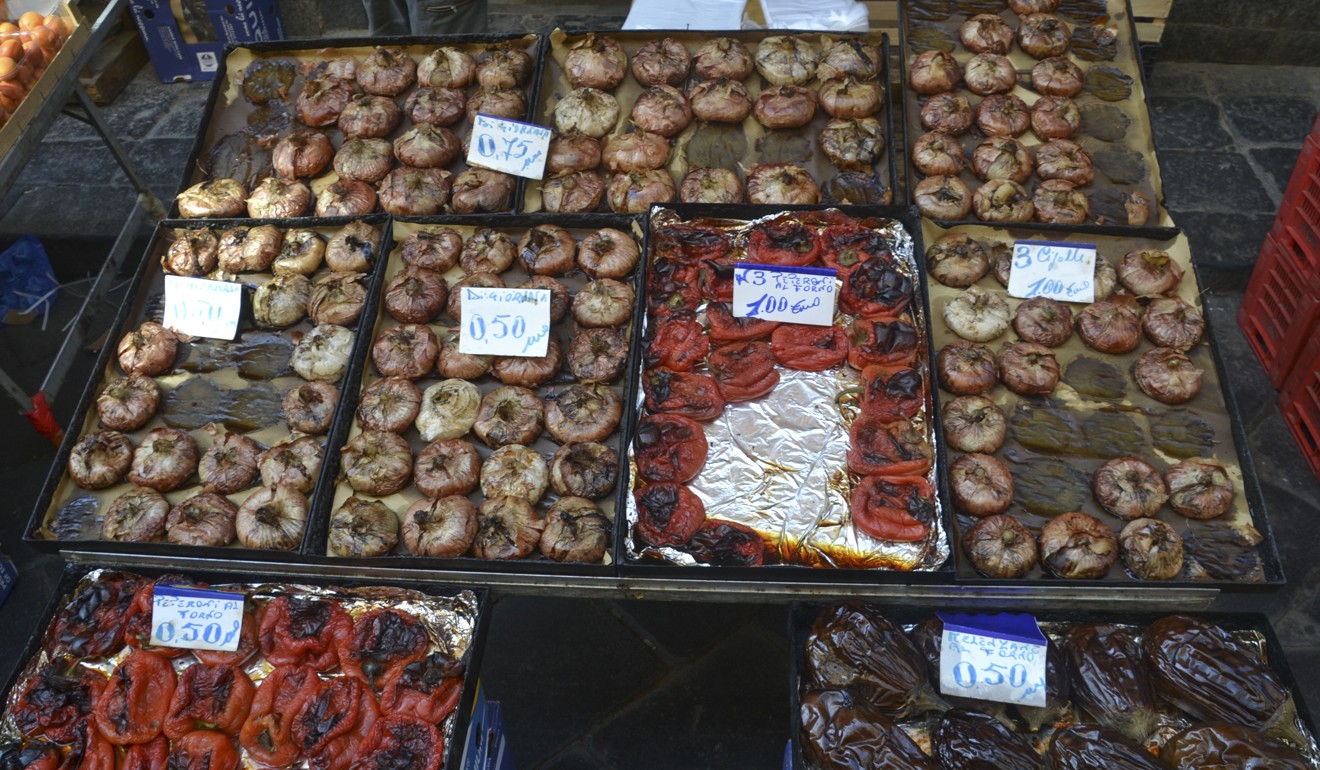
Mount Etna’s bounty: caponata, arancini, scamorza and more make Sicily a food heaven you’ll never want to leave
Mind-blowing ingredients grown in the volcanic soils of Mount Etna or fished from the Mediterranean Sea, piquant flavours of a cuisine shaped by waves of invaders, all savoured at an alfresco lunch put on by villagers: Sicily is the promised land

It was the very first bite, from the first plate of the first meal, that confirmed it: Sicily is truly a promised land for food. Dishes are so good at every turn, from elegant waterside restaurant terraces to crowded, cacophonous markets, that after a few days you find yourself looking intently at the listings in the windows of real property agents.
That first bite was of caponata, just one of countless local Sicilian classics. The ostensibly simple vegetarian dish combines aubergine with celery, olives, capers and tomatoes, but the secret, as always, comes in the sauce.
That sauce is both sweet and sour – agrodolce – a flavour profile that frequently appears in dishes across the Mediterranean island and delivers profound depths that turn cheap and humble plates into something far more sophisticated.
The salt in the dish comes from capers and olives, there’s richness from the vegetables sautéed in olive oil, umami in abundance from tomatoes, sweetness from a touch of sugar (or sometimes raisins) and the critical balancing sour notes from red wine vinegar.

At the ultra-elegant Belmond Villa Sant’Andrea in the eastern coastal town of Taormina, the version shared by chef Agostino D’Angelo – both as part of a sensational welcome lunch spread and later in one of his private cooking lessons – is a recipe that comes from his mother. The final dish is dark brown, almost black in parts, with caramelised crusts giving way to decadent, piquant but still creamy interiors.

Naturally, every single ingredient used in his dish is local, pulled and plucked from the richly fertile volcanic soils of Mount Etna – the sleeping giant that dominates this eastern half of Sicily and is revered by Sicilians.
Each lava flow has a different mineral composition which makes for distinct attributes in the soil
It is worth remembering that Sicily is the largest island in the Mediterranean; more than 320 kilometres (200 miles) wide, it is fully eighty times the size of Malta. With its surprising scale comes great diversity, as produce and speciality dishes often change from one village to the next.
Sicily is also one of history’s oldest, most fascinating and original melting pots thanks to millennia of invasions and conquests that brought with them the culture and cooking of ancient Greeks, Romans, Arabs, Africans, Normans, Spanish and more. Indeed, many have suggested that caponata was originally a Tunisian dish, unsurprising given that the country is less than 160 kilometres from Sicily.

The Belmond Villa offers an eating odyssey called The Art of Gastronomy. In the first of two excursions in a day, I began with a walk on the slopes of Etna with two local agronomists, who explained exactly how and why the soil is so rich, but also how different parts of the mountain’s slopes are better suited to certain produce.
“Etna is an island on the island,” one of the agronomists, Valeria Càrastro, explained. “Each lava flow has a different mineral composition which makes for distinct attributes in the soil.”
That translates into mind-blowing quality, with many ingredients changing according to season. In spring you get Nicolosi porcini mushrooms, pistachios from the town of Bronte (which are often served in a cavatelli pasta dish), Pedara apples, Tabacchiera peaches, hazelnuts, walnuts and incredible cherries.
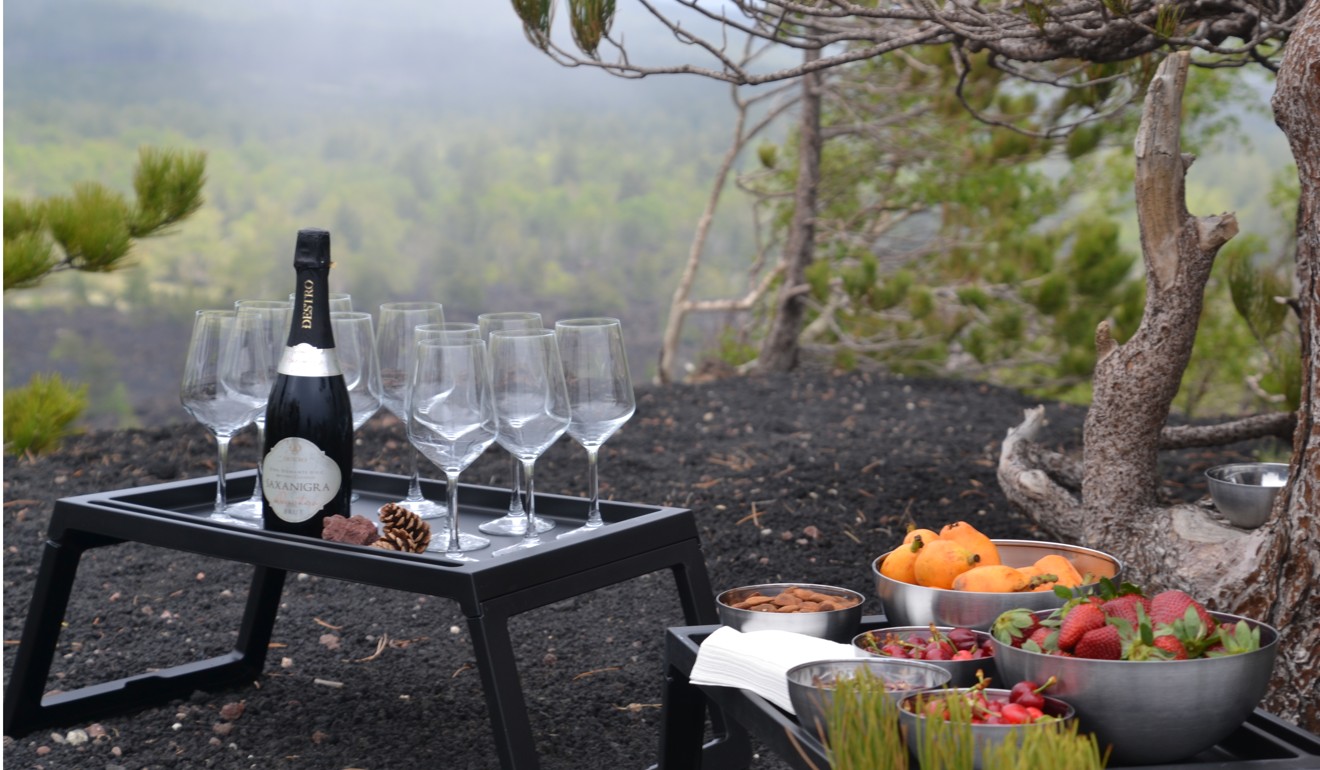
Most memorable are the strawberries from the village of Maletto, an ancient varietal that makes you remember what strawberries should taste like. The large fruit, known locally as l’oro rosso (red gold), are also pretty much only available in Sicily because they are so delicate and perish extremely quickly.
A glass of Saxanigra spumante sparkling wine in one hand, a Maletto strawberry in the other and Mount Etna behind you makes for a decidedly holy trinity.
Talking of wines, there are more than 150 vineyards on Etna’s slopes, while protected produce includes PDO Monte Etna extra-virgin olive oil and even prickly pear, a fruit that I was told makes a stunning marmalade.
If that cornucopia of produce made for a memorable morning, then a late alfresco lunch in the shade of centuries-old beech trees made for a meal with few rivals. That was mainly thanks to the incredible chefs behind it, namely a group of local women called Le Mamme del Borgo, or “Village Mothers”.
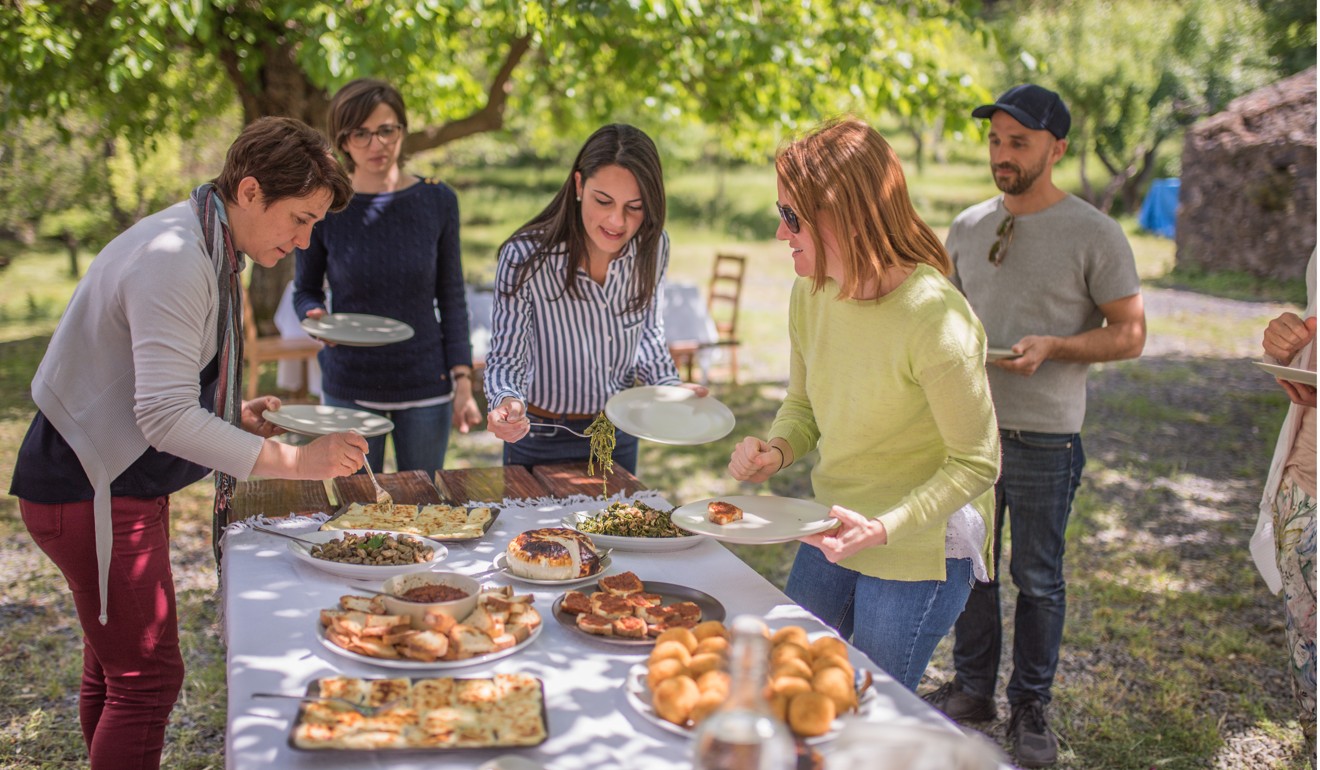
The initiative started life in Italy’s southern Puglia region before local women from the village of Motta Camastra launched the first Sicilian branch. The idea is simple but inspired.
“It’s a perfect combination of street food and home restaurant,” says one “mamme”, Maria Angela. “Numerous kitchens in our village come together to offer traditional recipes, genuine flavours and home-made dishes. It’s like when you were at school, organising a party, where every mother would cook something to share – that is the key word.”
One way they share their dishes is when visitors tour their village, eating one dish in one house before moving on to the next. At one picturesque country house called A Barunissa, amid the vines and bright yellow ginestra flowers, the mothers prepared the food together before serving everything up on one table, in the process showing and explaining some of the techniques and recipes passed down through the generations.
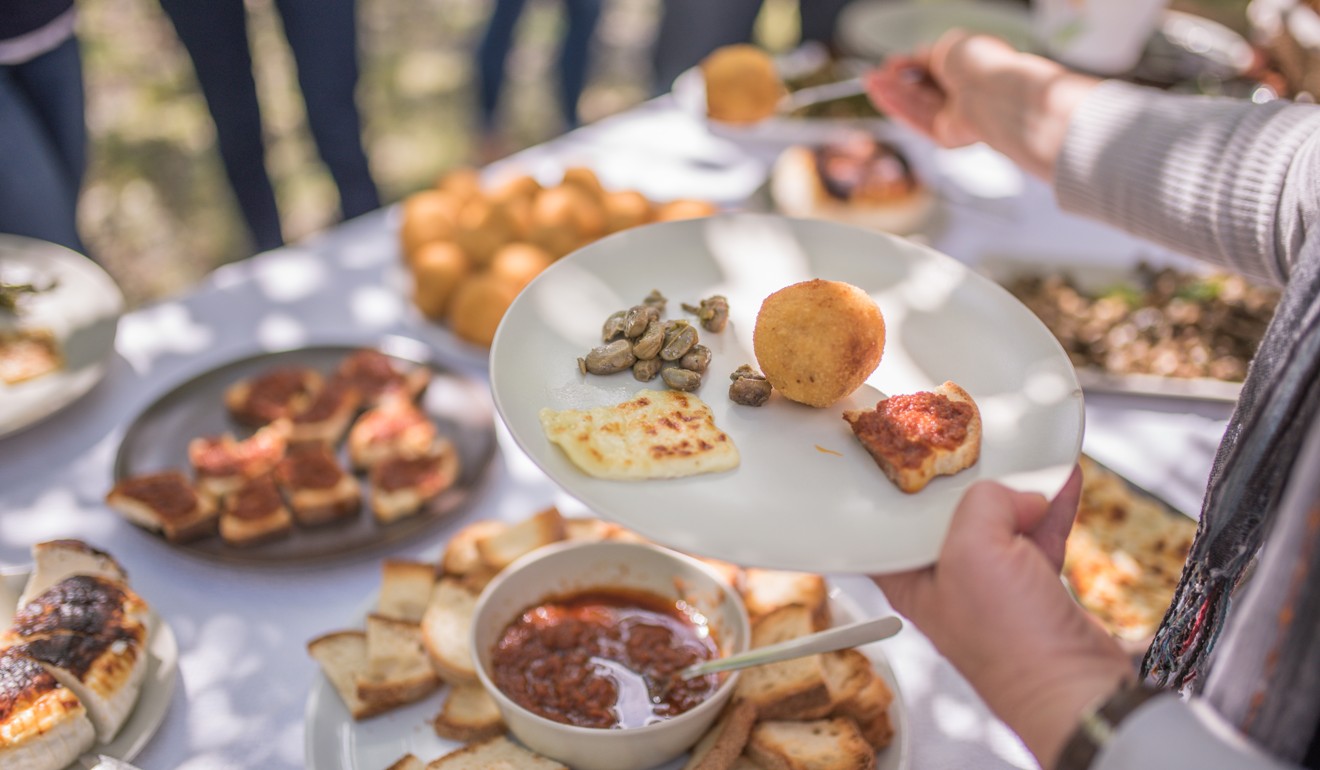
First came delicious arancini – golden fried domes of rice filled with a sort of creamed pesto made of local walnuts.
There was wild mountain fennel with pork from animals that some of the women had raised, bowls of delicate broad beans with mint and lemon juice, grilled local cheese such as scamorza, and a tapenade with sun-dried tomatoes for spooning onto lightly grilled home-made bread.

A white dome of ricotta had been gently baked to wobbly perfection under a delicate brown skin. The local goat/sheep farmer who provided the milk stirred a fresh mixture in front of us in a huge, ancient-looking copper cauldron before serving it straight into bowls to be eaten warm with more home-made bread.
These dishes were just the starters. Next came hand-rolled macaroni deftly crafted using what was once the wire in a coat hanger. A delicate tomato ragu with more of that wild mountain fennel barely coated each tube, with toasted breadcrumbs dusted on top – a reminder of how, historically, some villagers were too poor even to afford local cheeses. Then there were succulent and fragrant meatballs wrapped and baked in lemon leaves, roasted local lamb with potatoes, and cauliceddi, a type of wild mustard green served with home-made sausage.
The drive to the nearest airport at Catania brought with it a chance to hit up a final spot that only further confirmed Sicily’s reputation as a gastronomic wonderland.
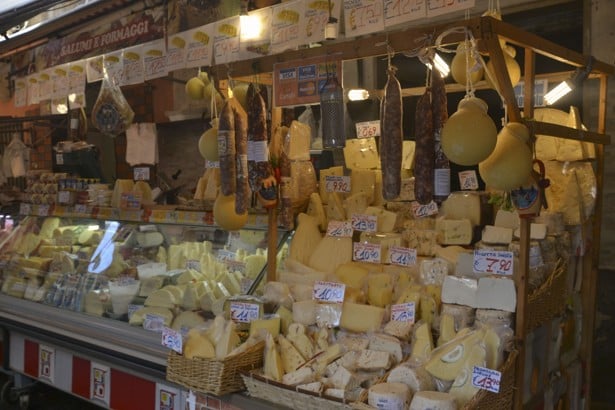
Catania’s local market sprawls through its ancient streets, offering temptation at every turn. There were huge knobbly Sicilian lemons, five for €1 (US$1.10), or a kilo of ruby blood oranges for around €0.70. Amid countless fruit and vegetable stalls, other highlights included enormous aubergines, a multicoloured selection of tomatoes, and that Italian favourite, the artichoke.

The star of the show, however, was the seafood – and the characters, seemingly straight out of central casting, selling it. At our first stop a young guy selling shellfish was decked out in a black tracksuit with a half-smoked cigarette dangling from his lips. He smiled as he cracked open a large mussel, squeezed some lemon on it and passed it over for us to try.
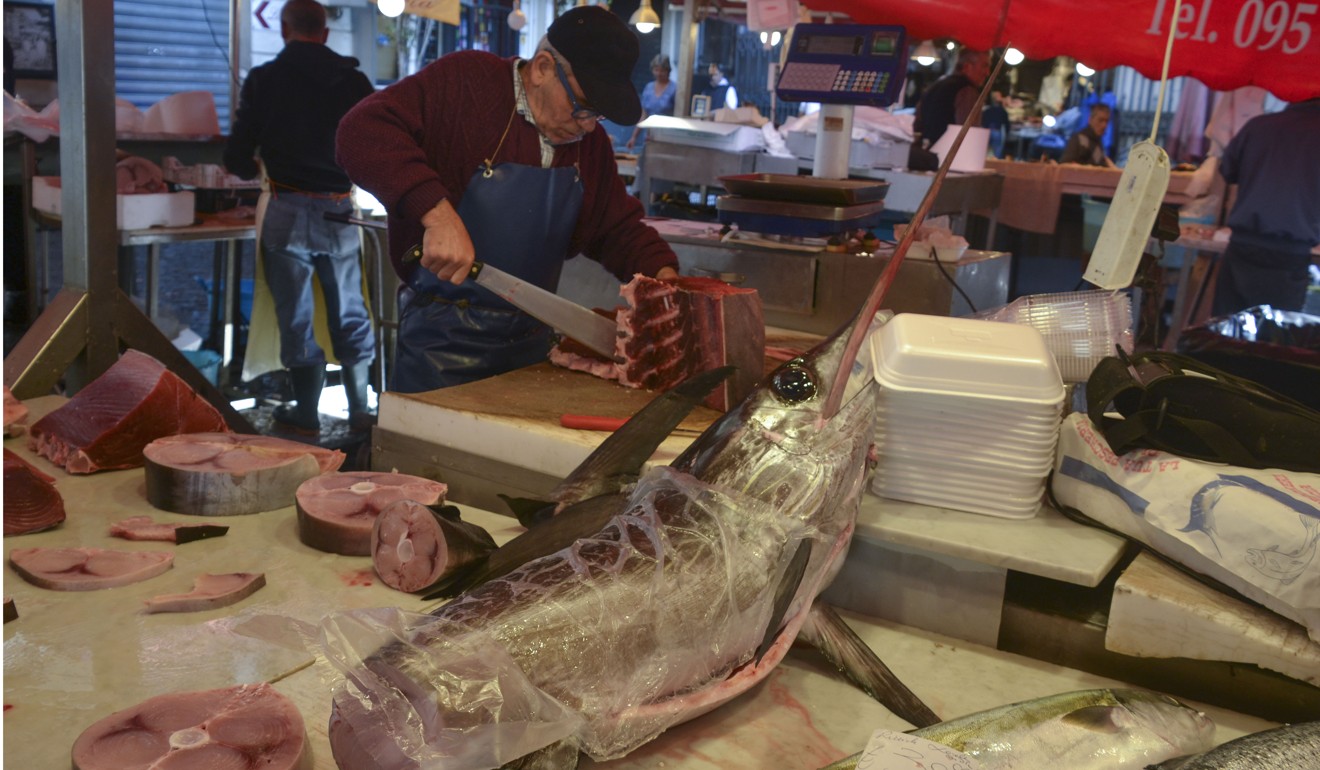
The main action happened in a large open courtyard surrounded by railings from where old-timers looked on from above, joking and smoking, as the cries of stallholders rang through the air. There were enormous swordfish and the biggest tuna I have ever seen – outdoing anything in Japan’s famous Tsukiji fish market – carved into enormous slices. Squid and octopus of every possible colour and texture jostled for space, and huge red prawns were being sold at €2.20 a kilo.
A glass of sciampagnino – freshly squeezed lemon, soda and salt – was the perfect drink to accompany the scene, made from lemons from the slopes of Etna just a few kilometres behind us. The flavours and produce of Sicily in a glass. Saluti!
The Art of Gastronomy is one of the experiences offered by Belmond’s Sicily properties: find out more at belmond.com
Getting there
Flights from Hong Kong to Catania are operated by Emirates via Dubai, Swiss via Zurich and Cathay Pacific and Alitalia via Rome